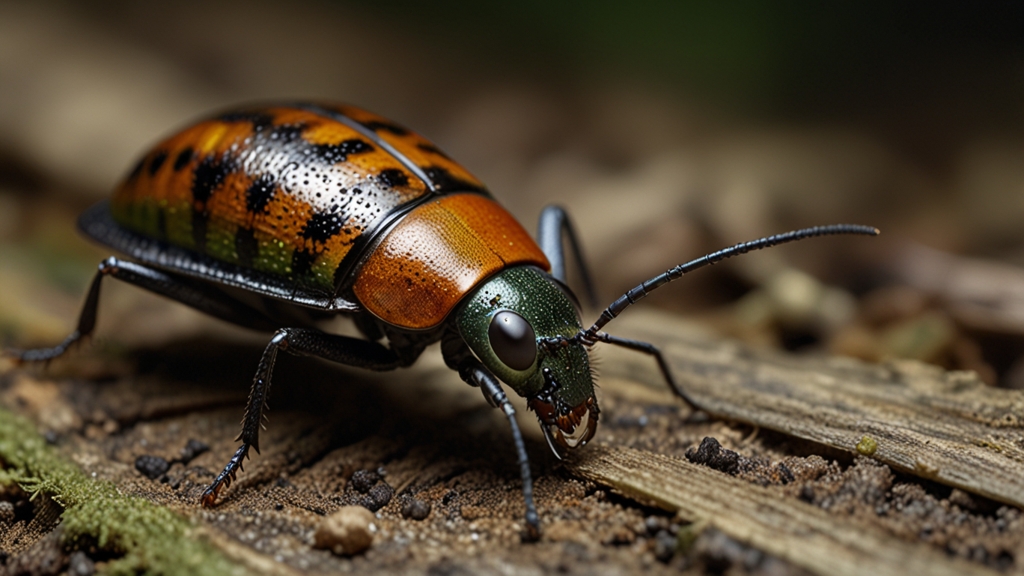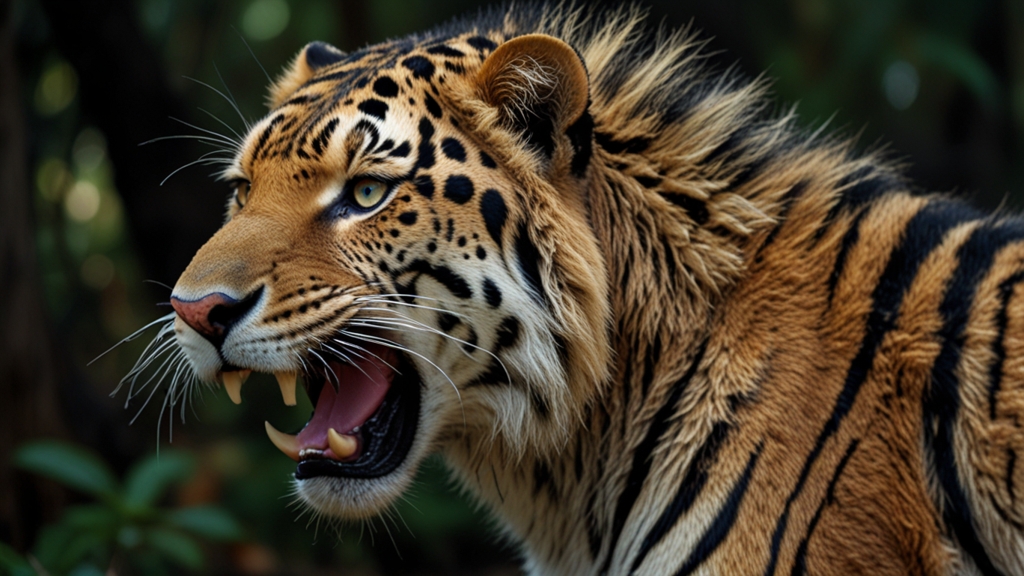The Secret Lives of Insects: Nature's Hidden Marvels Revealed
Insects, the tiny creatures that often go unnoticed in our daily lives, are among the most fascinating and complex organisms on the planet. Despite their diminutive size, insects exhibit a range of behaviors and adaptations that underline their critical role in Earth's ecosystems. From the industrious ant to the mesmerizing firefly, the secret lives of insects reveal a world teeming with wonder and complexity.
Ingenious Architects: The World of Ants
Ants are renowned for their extraordinary ability to work in unison, creating intricate colonies that can house millions of individuals. These colonies are a testament to their sophisticated social structures. Each ant has a specific role, from the queen who lays eggs to the worker ants who forage for food and build the nest.
One of the most remarkable aspects of ants is their communication system. Ants use pheromones to leave scent trails that guide other ants to food sources and alert them to danger. This chemical language is incredibly efficient, allowing ants to coordinate complex tasks and maintain the harmony of their colony.
"Ants are not only hardworking but also incredibly resourceful. Their ability to adapt to various environments and solve problems collectively is astounding." — Dr. Jane Goodall
Masters of Disguise: Camouflage and Mimicry
Many insects have evolved to blend seamlessly into their surroundings, making them masters of camouflage. This adaptation helps them avoid predators and increases their chances of survival. The stick insect, for example, has an appearance so similar to twigs and branches that it becomes nearly invisible in its natural habitat.
Mimicry is another fascinating adaptation. The harmless viceroy butterfly closely resembles the toxic monarch butterfly, deterring predators who mistake it for its unpalatable counterpart. This form of deception illustrates the intricate evolutionary arms race between predators and prey in the insect world.
"In the intricate dance of life, insects show us the power of adaptation and the fine balance of nature's design." — E.O. Wilson
Nature's Pollinators: The Bee
Bees play a crucial role in pollinating flowering plants, making them indispensable to both natural ecosystems and human agriculture. Their work supports the growth of fruits, vegetables, and nuts, directly impacting our food supply. The efficiency of bees as pollinators is attributed to their specialized anatomy and their behavior of collecting nectar and pollen.
Honeybees, in particular, are known for their highly organized colonies and complex behavior. They perform "waggle dances" to communicate the location of food sources to their fellow workers. This extraordinary display of teamwork and communication not only sustains their hive but also the larger ecosystem.
Bioluminescent Wonders: Fireflies
Fireflies are among the most enchanting of insects, known for their bioluminescent displays. These tiny beetles produce light through a chemical reaction in their lower abdomen, which they use to attract mates and ward off predators. The light produced by fireflies is remarkably efficient, with almost no heat produced during the reaction.
The synchronized flashing of fireflies is one of nature's most magical spectacles. In some regions, thousands of fireflies light up the night in perfect harmony, creating a breathtaking show that captivates anyone lucky enough to witness it.
"The light of fireflies is a reminder that even the smallest creatures hold immense beauty and wonder." — Rachel Carson
Conclusion: Recognizing the Marvels Beneath Our Feet
The secret lives of insects, from the industrious ant and the masterful mimic to the essential bee and the luminescent firefly, remind us of the incredible biodiversity that exists right under our noses. These small creatures are vital to the health of our ecosystems, playing roles that range from pollination to decomposition and beyond.
Understanding and appreciating the hidden marvels of insects can lead to greater conservation efforts and a deeper respect for the natural world. As we uncover more about these tiny titans, we are continually reminded of the intricate web of life and the significant roles even the smallest players contribute to the grand tapestry of nature.







